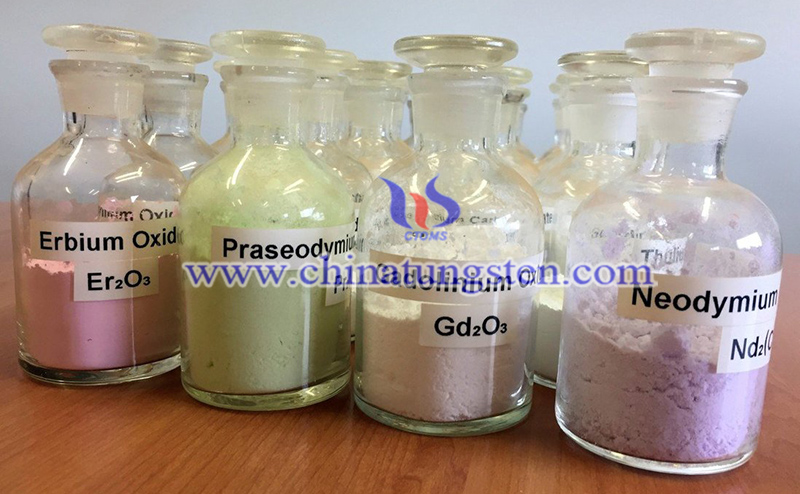Europe and US to Compete with China on Rare Earths
- Details
- Category: Tungsten's News
- Published on Friday, 23 April 2021 21:59
- Written by Caodan
- Hits: 776
It is difficult for Europe and the US to compete with the Chinese rare earths advantage. Companies and governments in Europe and America are firm to break the monopoly of China in the global rare-earth magnet supply chain. However, because the magnet industry in European countries and the U.S has been lagged for decades. It is difficult for them to establish a supply chain.
The Wall Street Journal reported that rare-earth magnetite is the raw material for electric vehicles, wind turbines and other technologically necessary components. However, China owns more than 70% of the world’s rare earth ore and 90% of the production capacity of rare-earth magnets, enabling the mainland to develop a number of fast-growing technologies.
The US government is investing tens of millions of dollars to mine and process rare earths. President Biden signed an executive order in February, instructing relevant units to review the supply of vital raw materials such as REEs, in his recent infrastructure construction plan, he also pledged to invest in rare-earth separation plans. The governments of Europe, Canada, Japan and Australia have also invested in the development of REEs.

However, most Western companies have not been involved in the supply and processing of REEs in the past. The CEO of Canadian rare earth magnet company NPM Materials said that from digging REEs to making electric motors, a lot of technology and expertise are required. Many producers find that without the continuous support of the government, it will be difficult to head-to-head with China in price.
U.S. industry players pointed out that it may take 20 years or tens of billions of dollars to invest in Western countries to get closer to China. One of the obstacles for Western players is that environmental regulations are stricter than those in Mainland. Most of REEs contain radioactive elements, so it is not likely for the industry to mine them.

The cost of producing rare earths magnets by mainland Chinese manufacturers is much lower than that of Europe and the US, and the price of basic functional magnets in the mainland is 20% cheaper than that in European countries. At present, the production capacity of rare-earth mines and magnets outside the mainland is scattered in the hands of some small companies in many countries, and their profits are meager, making it difficult for new entrants to gain a foothold.
- Rare Earth Manufacturer & Supplier, Chinatungsten Online: www.chinatungsten.com
- Tungsten News & Prices of China Tungsten Industry Association: www.ctia.com.cn
- Molybdenum News & Price: news.molybdenum.com.cn
- Tel.: 86 592 5129696; Fax: 86 592 5129797; Email: sales@chinatungsten.com





 sales@chinatungsten.com
sales@chinatungsten.com